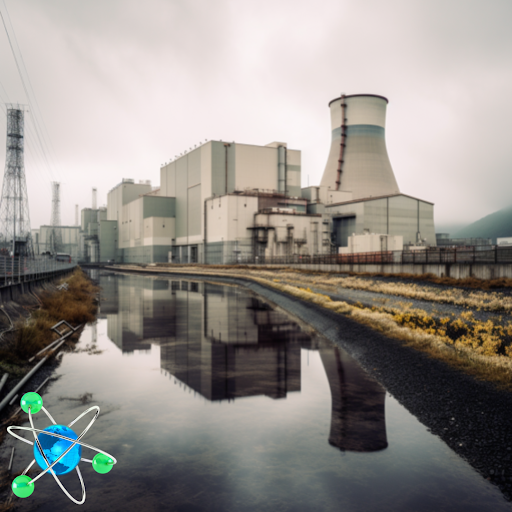
- Tokyo Electric Power Company (Tepco) demonstrated its ability to measure radionuclides in the treated water stored at the Fukushima Daiichi site, according to an IAEA report.
- Japan plans to discharge the treated water into the sea over the next 30 years, pending approval from the IAEA.
- There are many tests and inspections being done on the Fukushima Daiichi site to make sure it’s safe to be released into the sea.
According to an International Atomic Energy Agency (IAEA) report, Tokyo Electric Power Company (Tepco) demonstrated abilities to measure the amount of radionuclides present in treated water stored at the Fukushima Daiichi site.
The contaminated water at the site is treated and stored in about 1000 tanks on site. The total storage capacity adds up to around 1.37 million cubic meters. It is estimated that the tanks will reach full storage capacity in late 2023 to early 2024.

In April of 2021, Japan announced they plan to discharge the treated water into the sea over the next 30 years, but needed to get approval from the IAEA.
In March of 2022, the IAEA was able to test the treated water in various scientific laboratories. The information the IAEA got from the testing was deemed as “an important milestone in the IAEA’s safety review.” The results have not yet been released, and there is a mission being held from May 29th to June 2nd discussing the results of the testing before releasing it to the public.
In the comprehensive report, there will be broad assessments in Japan’s overall plan to discharge the treated water into the sea.
There has also been a team of 21 South Korean experts who visited the Fukushima Daiichi site. Their main goal was to inspect the equipment and facilities that were planned to be used in the discharge process. The experts deemed the visit as significant in the process of scientific and technological review. They plan to comprehensively review Japan’s plans and disclose the results to the public.
There are many inspections and tests to Japan’s plan and nuclear facilities to make sure their plan of releasing water into the sea is safe and won’t cause any more future issues. So far, the inspections have been looking positive as the results will take some time to reach the public.

0 Comments